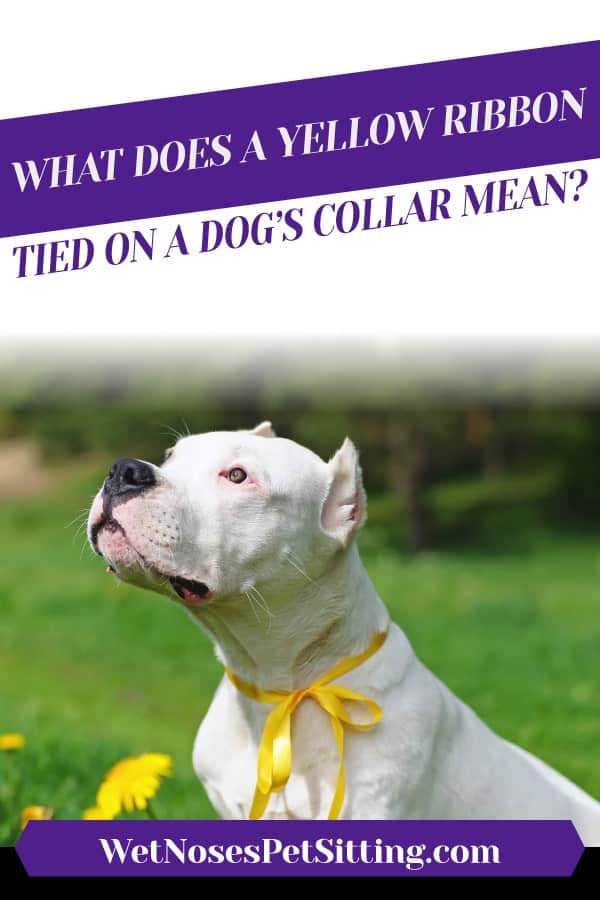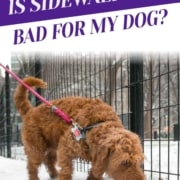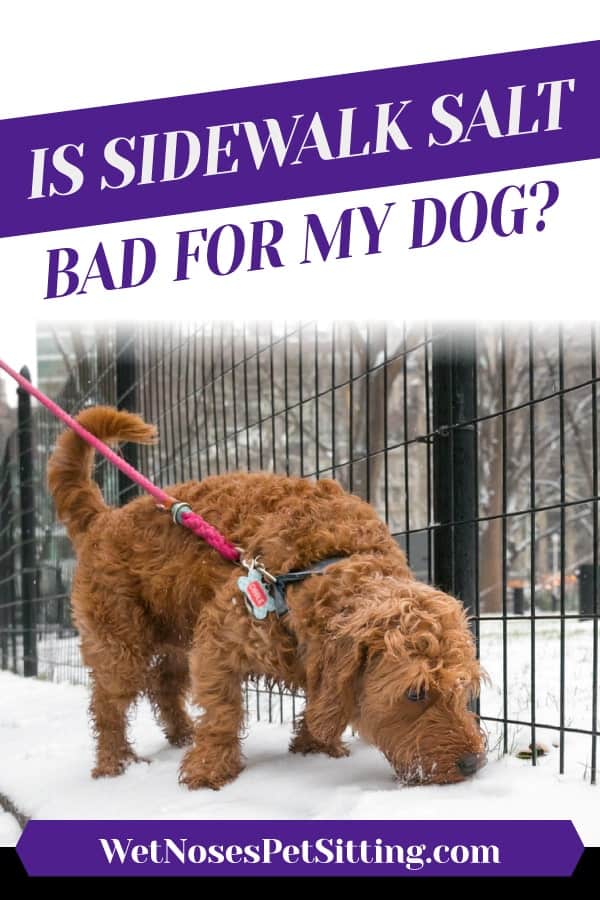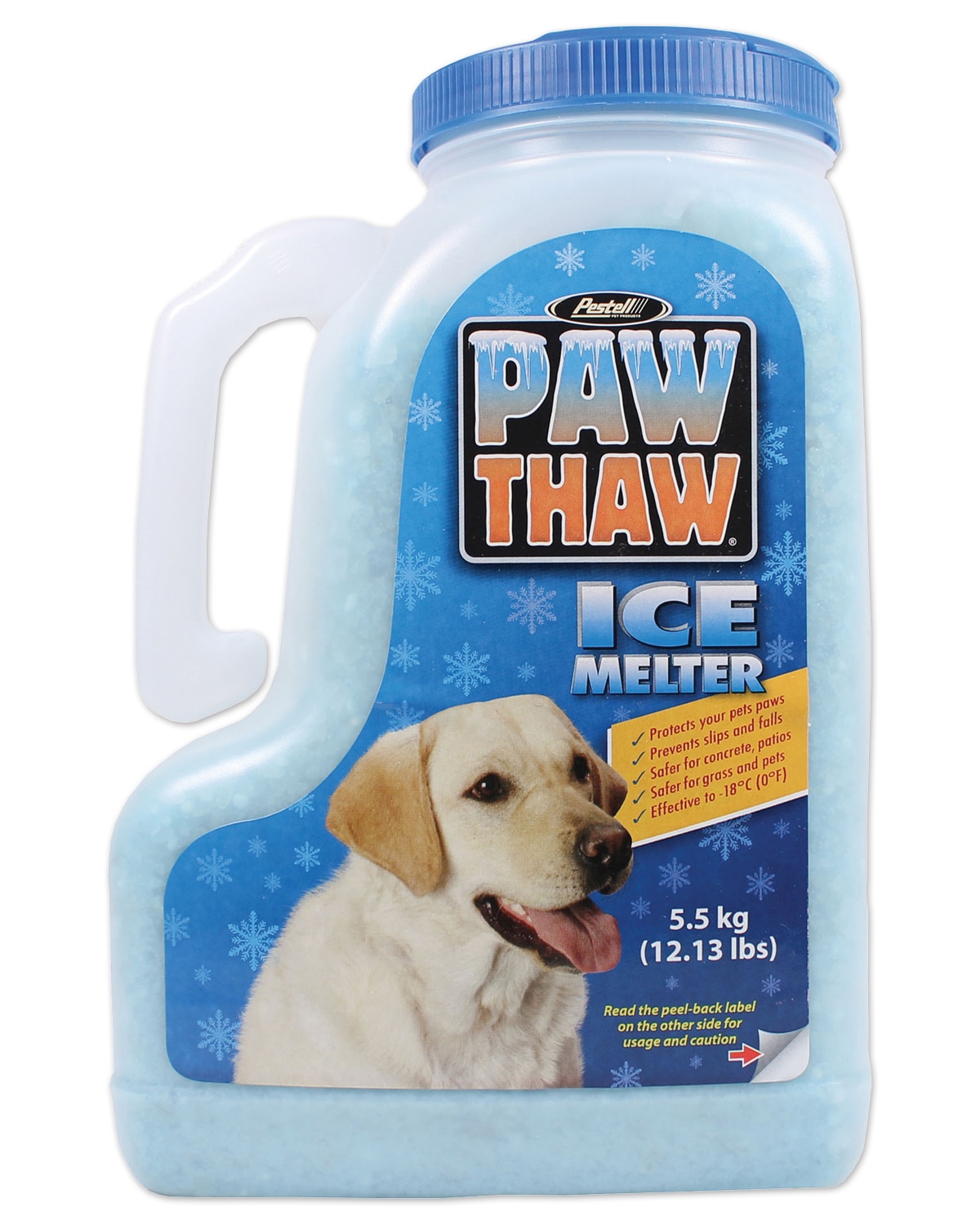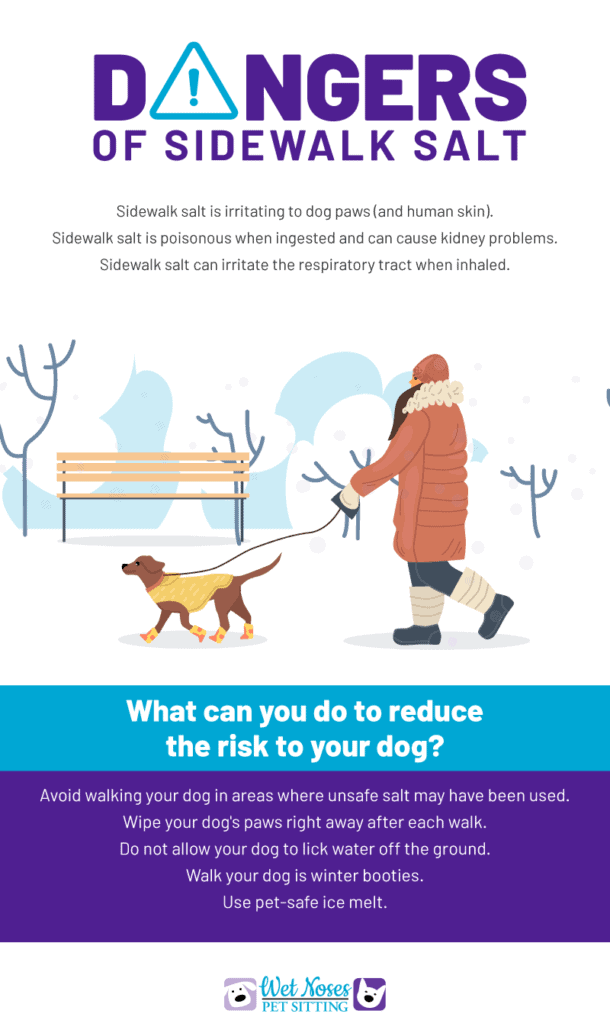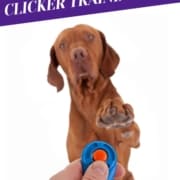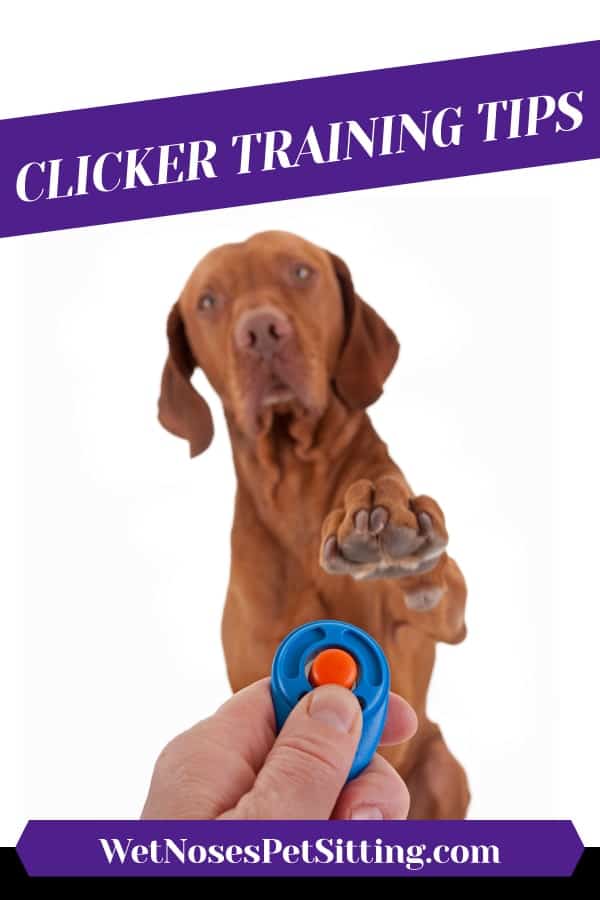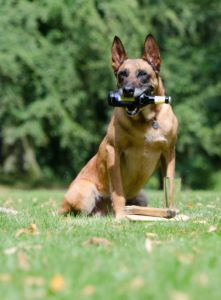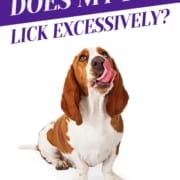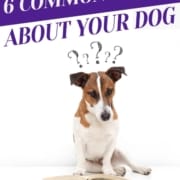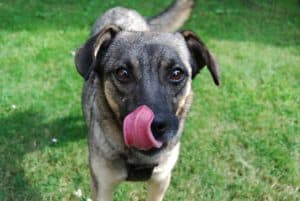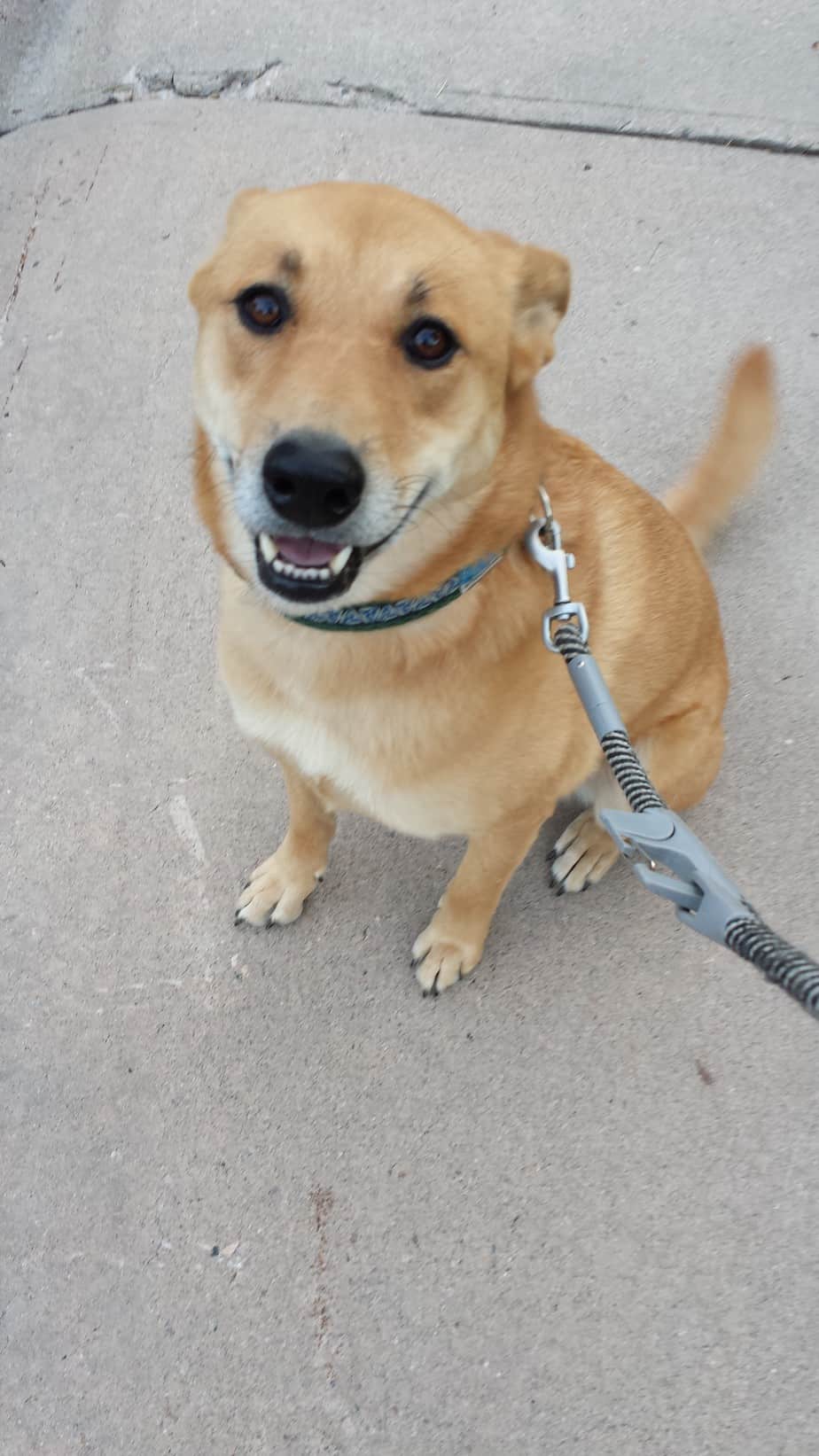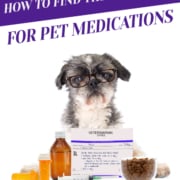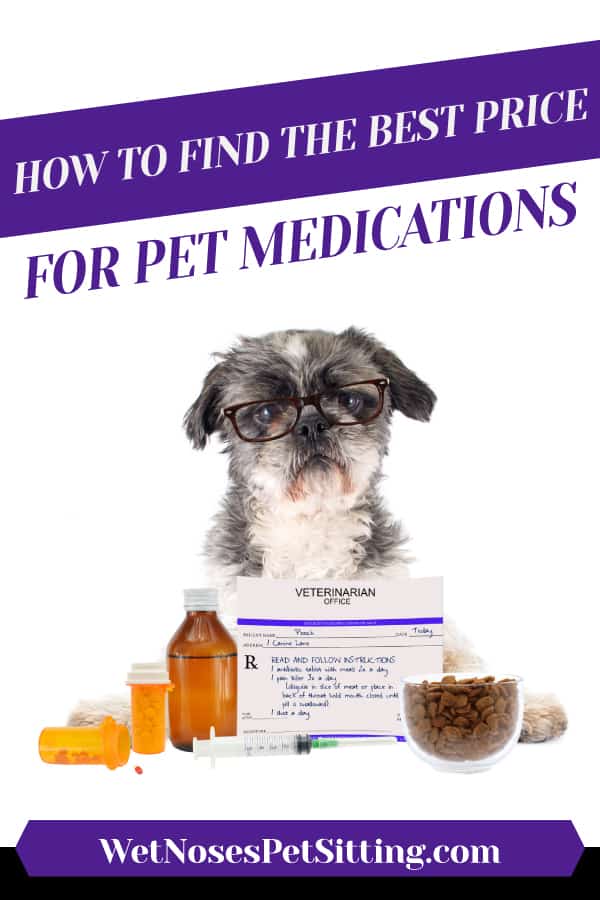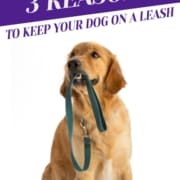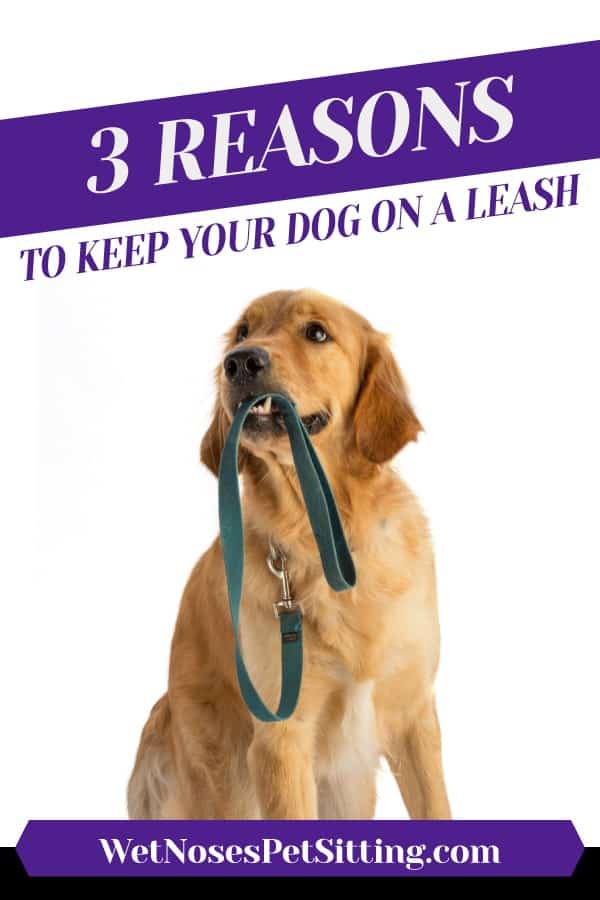What Does a Yellow Ribbon Tied on A Dog’s Collar Mean?
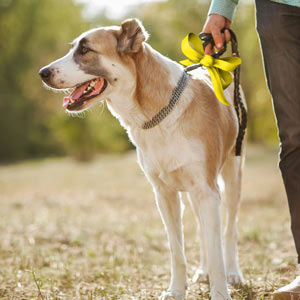
Photo from Doghealth.com
Have you ever seen a dog with a yellow ribbon tied around their leash or collar? When I first saw it, my mind immediately went to that old Tony Orlando song, “Tie a Yellow Ribbon.” Naturally, I then thought maybe the dog’s owner was deployed in the military and the family was showing support.
Later that day I thought about it while poking around on the internet and decided to Google it. Well, turns out that also naturally, I was wrong. I mean, it’s not like a dog is a tree, so of course it’s not the same. I guess that’s not my finest assumption, but now I know and I’m glad I do, especially as a mom of a very curious three year old.
If you see a yellow ribbon or bandanna tied on a dog’s collar or leash it means that the dog needs “more space please,” and to proceed with caution if you want to interact. It’s particularly helpful for parents and children to know when a dog isn’t exactly keen on being petted or approached by strangers.
A dog may need space for a few different reasons:
- They may be in training
- They could be newly rescued and not comfortable or recovering
- Have a health issues, like sickness or anxiety
- They may be in heat
- The dog is old and tired
- Overall they just aren’t that social
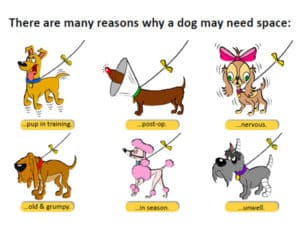
Basically, this Yellowdog Program was started for sensitive dogs; to make it easier for people around them to know that they aren’t exactly the “come up and pet me” type of dog. It’s helpful for everyone in identifying dogs that don’t want attention from strangers.
Some people tend to shy away from this program and think that all dogs deserve space and certain dogs shouldn’t be singled out to be left alone. While you should always ask before you pet someone’s dog, it is helpful to know whether or not to even ask in the first place.
Let us know if you’ve ever seen a dog with a yellow ribbon or use one for your pet. If so, how many people know what it mean?


